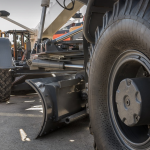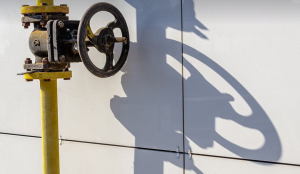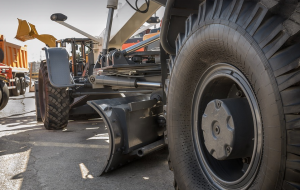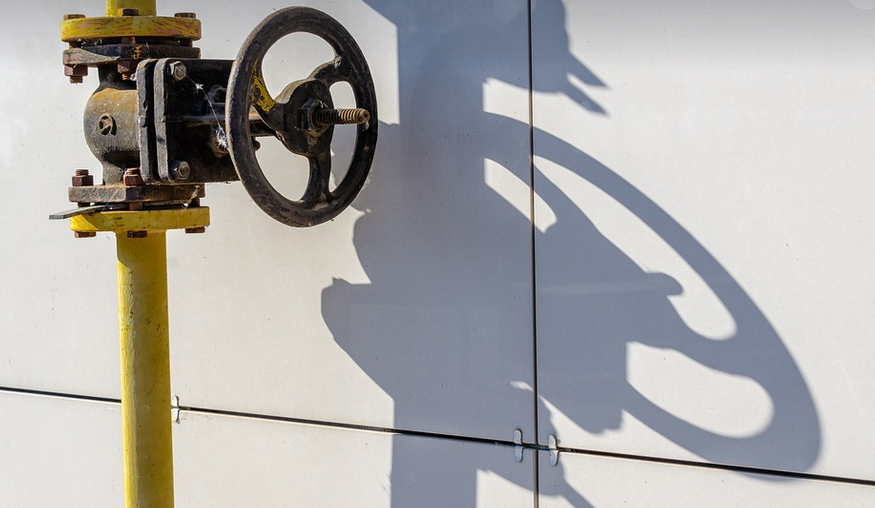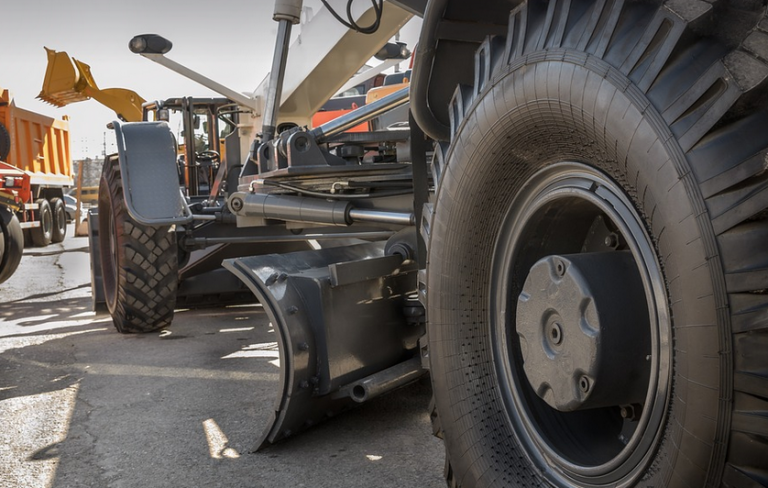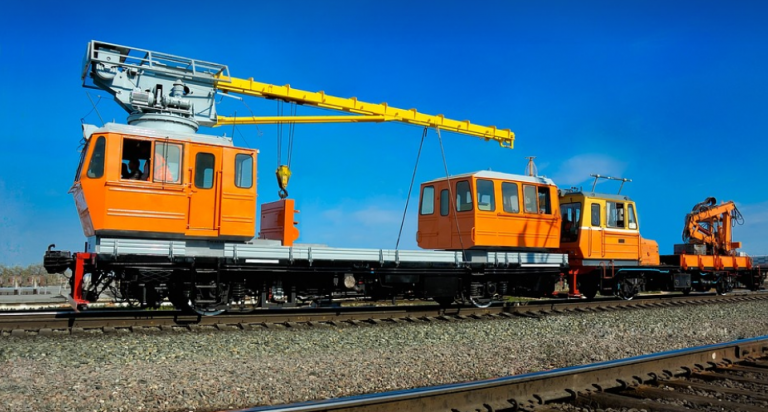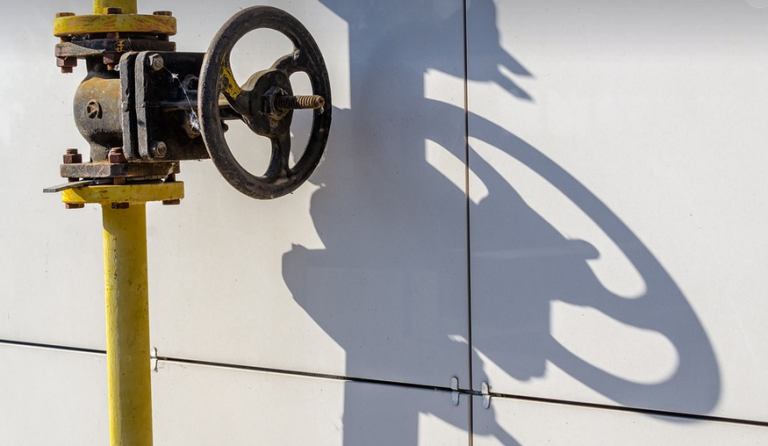What is Pulse MIG Welding?
Pulse MIG welding, a relatively newer technique in the world of welding, is gaining popularity due to its ability to deliver precise results without sacrificing speed or weld quality. It operates on the same principle as traditional MIG welding, but it incorporates short bursts of current called “pulses” into the process. This method offers several advantages over standard MIG welding:
Unlike traditional MIG welding, which uses a constant stream of high amperage electricity, pulse MIG welding delivers a pulsating current that alternates between high and low levels. This unique approach allows for better control over heat input and penetration, leading to smoother welds with reduced spatter.
How Pulse MIG Welding Works
The process begins by adjusting the welding machine to your desired amperage and wire feed speed. Then, you set the pulse frequency and duration, which determines the number of pulses per second and their length.
The pulse settings can be customized based on the application and material being welded. For instance, thicker materials might require longer pulses for deeper penetration, while thinner metals may need shorter pulses to achieve a cleaner weld.
When welding begins, the wire electrode feeds continuously through the welding gun as an electric arc forms between it and the base metal. But instead of maintaining the constant current flow in traditional MIG welding, pulse MIG takes advantage of the pulsating current.
The machine delivers these short bursts of high-energy pulses that create a controlled heat input for melting the metal. These bursts are followed by pauses, and this cycle creates localized heating and cooling effects within the weld pool. The result is a highly efficient welding process with exceptional control over penetration depth and bead shape.
Benefits of Pulse MIG Welding
Pulse MIG welding comes with several advantages over other welding methods, making it an increasingly popular choice for various applications:
**1. Improved Weld Quality**: The precise control offered by pulse MIG leads to cleaner and more consistent welds. The pulsating current minimizes spatter and increases weld bead appearance.
**2. Reduced Heat Affected Zone**: Pulse MIG welding allows for a more controlled heat input, minimizing the heat affected zone (HAZ) in the base metal. This ensures a seamless finish without warping or cracking.
**3. Increased Weld Speed**: The ability to generate high amperage peaks with short pulses makes pulse MIG exceptionally fast. This speed advantage is particularly beneficial for large-scale projects requiring quick and efficient welding.
**4. Enhanced Control and Precision**: Pulse MIG welding allows for precise control over weld penetration, bead shape, and heat input. It’s suitable for thin materials and complex geometries where traditional MIG welding struggles to achieve the desired results.
Setting Your Pulse MIG Welding Machine
The first step in mastering pulse MIG welding is understanding your machine and its settings. A good place to start with setting up a pulse MIG machine is by following these guidelines
**1. Voltage:** The voltage setting should be optimal for the welding process, considering the required amperage and wire size. Generally, a lower voltage will result in a slower weld speed and smaller heat input.
**2. Wire Speed:** This setting affects the wire feeding rate, which directly impacts the penetration depth of the weld bead.
**3. Pulse Frequency and Duration**: These are crucial settings to control the pulse duration and frequency. Experimenting with different combinations will allow you to understand how these settings impact the weld quality.
**4. Wire Feed Rate:** This setting dictates how quickly the wire feed mechanism moves the welding wire through the gun, which affects the travel speed and penetration depth of the weld bead.
**5. Duty Cycle**: This represents the percentage of time the welding machine stays on during a continuous welding sequence. A higher duty cycle means more constant output, while a lower duty cycle allows for pauses to avoid overheating the wire.
Troubleshooting Common Pulse MIG Welding Issues
As with any welding process, troubleshooting is an essential part of mastering pulse MIG welding. Some common issues you might encounter include:
- **Spatter:** This can be caused by improper wire feed speed or voltage settings, low electrode stick-out, insufficient shielding gas, or poor weld preparation.
- **Undercut and Poor Penetration**: These can be the result of improper weld current settings, incorrect electrode angles, or insufficient welding speed.
Practical Tips for Beginners
To get started with pulse MIG welding, here are some practical tips:
**1. Start Small**: Practice on scrap metal first before tackling actual projects. Experiment with different settings to understand how they impact the weld bead.
**2. Pay Attention to Wire Feed Speed and Voltage:** The right combination of wire speed and voltage is crucial for achieving proper penetration depth and bead shape.
**3. Use Proper Shielding Gas**: A correct shielding gas is essential for preventing oxidation and ensuring the quality of your weld, especially when welding thin metals. Choose a gas suitable for the metal type being welded.
**4. Utilize Proper Weld Preparation:** Clean the base metal before welding to remove rust and other contaminants. This helps create a smoother surface for better penetration.
Conclusion
The combination of precise control, speed advantage, and improved weld quality makes pulse MIG welding an invaluable tool for welders in various industries. With the right settings and practice, you can master this technique and unlock its full potential for your welding projects. As you delve deeper into the world of pulse MIG welding, you’ll discover even more possibilities and improve your welding skills to new heights.



